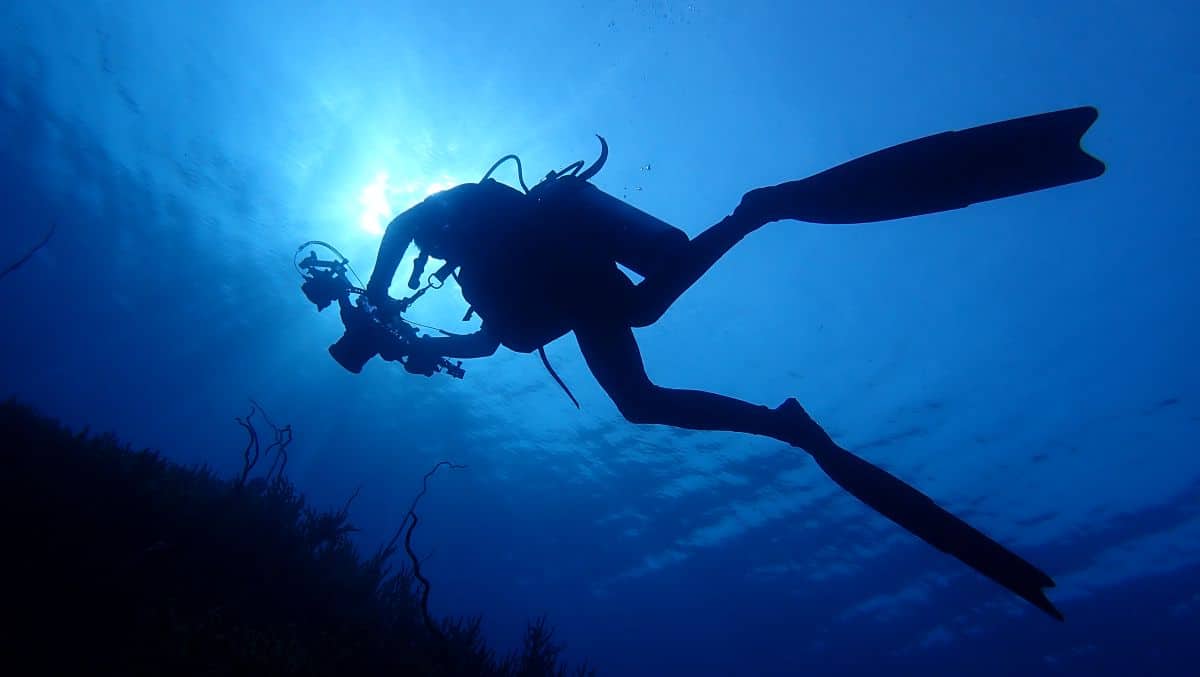By Purwanto.
During more than 20 years as I counted fish underwater, I have counted myself lucky as well. Since I got my marine science degree from Diponegoro University in Semarang, and as part of my job with The Nature Conservancy in Komodo, Wakatobi and Raja Ampat and now with the Coral Triangle Center, I have counted fish at some of the most beautiful places in Indonesia. My ‘offices’ are the reefs with high coral and fish diversity in areas where communities and government are willing to protect these places.
For my work, I look for what are called “indicator” species. Simply said, these are species which, when abundant and large enough that they are mature, indicate that a reef community is in a healthy condition. Groupers (Serranidae) and Napoleon wrasses (Cheilinus Undulatus) are important indicators species. This is because these fish are among the most popular fish for in the live reef food fish trade and Indonesian fishers catch them for their high value. In my time, sadly, I have witnessed that their abundance on Indonesia’s reefs decreased dramatically.
So, how excited I was when during the EPIC trip with the Seven Seas Live aboard in the Forgotten Islands, I was able to witness something extraordinary. These particular fish generally live solitary or in small groups, so when a diver sees hundreds of grouper and many large napoleon wrasses something special is going on!
Not just once or twice, but at more than five locations where we dived, I found large groups of groupers and napoleon wrasse. Each dive in the Sermata Islands group I saw Squaretail Coral Grouper (Plectropomus Areolatus), Black-saddled Coral Grouper or Chinese Footballer (P. Laevis), Brown-marbled grouper (Epinephelus fuscogutattus) and Humphead Wrasse or Napoleon (Cheilinus undulatus)!
More special yet, I witnessed an extraordinary event where hundreds female Squaretail Coral Groupers was ‘saying goodbye” to a large group of big males following a spawning event. Over the years of doing my work, and applying knowledge from elsewhere, I know that most grouper species aggregate at a certain location on a reef with special characteristics during a certain period to spawn, ensuring reproduction and survival of their species. These locations are known as fish spawning aggregation sites.
Research told me that some fish take a long journey, of tens or even hundreds of kilometers to get to a spawning site and return to their original reef afterwards, this is called the home range. Some will only come to the spawning site during the peak spawning season, which moment varies slightly with different species throughout Indonesia, but is closely related to the moon-phase. On our EPIC trip we had planned to be at a potential spawning aggregation site with the right moon-phase, but my expectations were not very high. Well, what I saw was fantastic, I made a little video clip so you can also see it here.
At these special dive sites, however, I also spoke with some of the fishers who were already there before we arrived. They know where to be for good catches. Our group also visited some fishing cages or ‘karamba’ where the live grouper, caught earlier, awaits a buyer vessel which frequents the atolls and remote islands to pick up and transport the live fish to domestic and regional markets. I spoke with the fishers who told me that during October 2020 – just a month before we showed up, they sent about 6 tons or around 5,000 – 6,000 individual live groupers to market. I suspect that there not many places left like this in Indonesia.
On the one hand, I am happy these fishers have good results, but I know from other places that if these spawning sites are not protected, they won’t enjoy good catches for a long time. This spawning location is well known by the fishers who also know what is the peak season when groupers aggregate here arriving from reefs far away. They may not yet be aware, however, that fishing exactly here will negatively affect them in the long term. As I have seen elsewhere, this is the reason why fish spawning sites are no longer functional, the groupers have been fished out effectively.
At the Coral Triangle Center where I work, we provide training to government officials so that they can join us to think about how to protect fish spawning sites. In the villages where my CTC colleagues are working, we discuss with fishers and their families why it is important to ensure successful spawning. Permanent closing off fish spawning aggregation sites from fishing gives fish an opportunity to breed and return to their home-reefs. Seeing these aggregation sites almost as a money deposit in a ‘fish bank’ may help fishers see that it is important to take advantage of the “interest” only. Several options for protecting these important sites may be possible.
I counted myself super lucky to have witnessed this special event, it was very rare to be able to film something of it. I will now be able to share my footage and pictures of the grouper spawning event at the CTC and explain why we must protect these important places.
Purwanto
February 2021
NOTE :
To reserve your spots or see available trips, please check out our schedule page :
Schedule & Availability
Please also don’t hesitate to reach out to us at [email protected] should you require any further information or need recommendations for accommodation or flights etc. Our reservation team would be more than happy to assist. Cheers!

